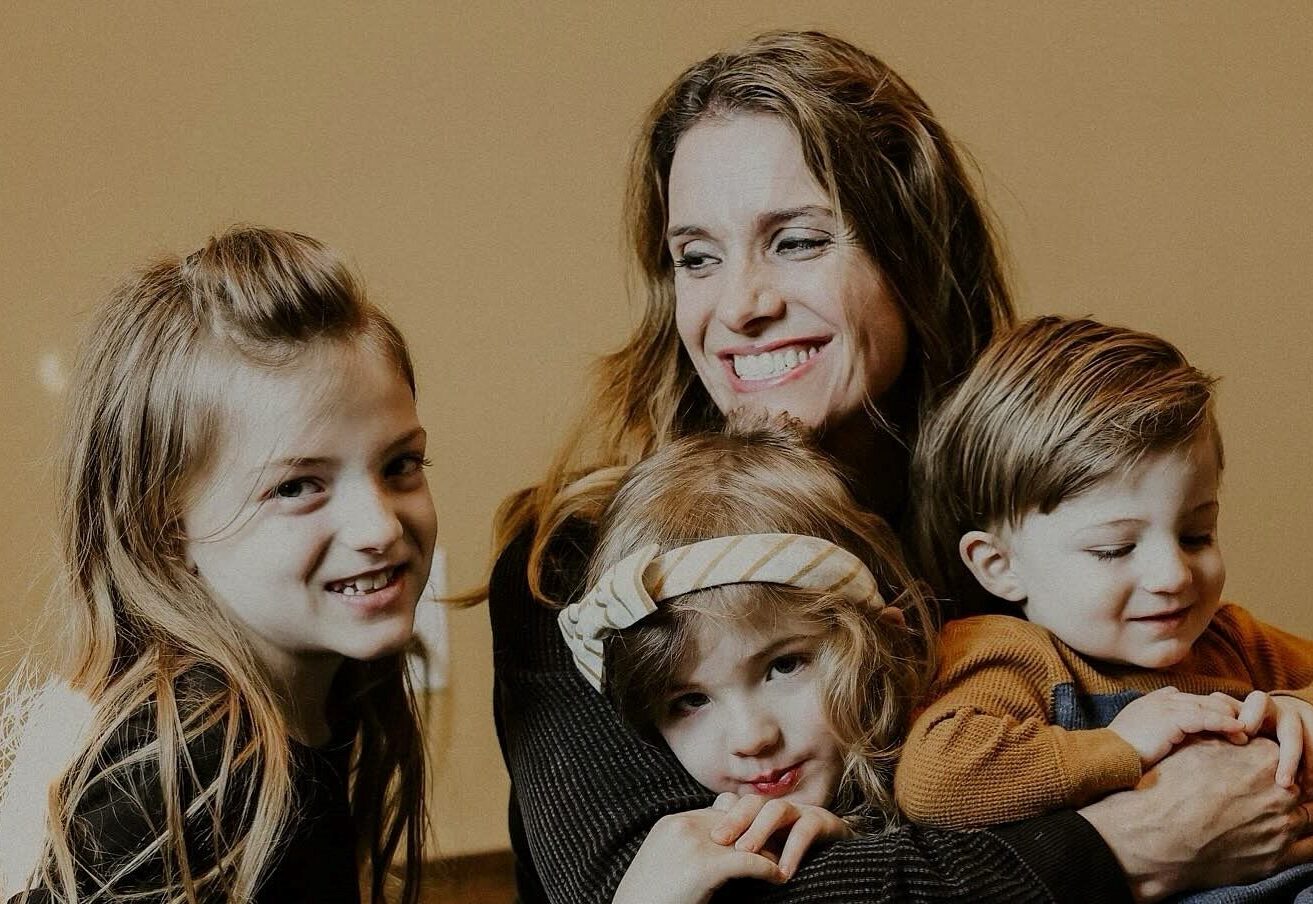My children, ages 14 and 11, were walking the family dogs on a local nature trail while my husband and I jogged a short distance ahead. When we all met back at the park, my son was limping a little and steaming mad. He said his sister had stepped on his flip-flop clad foot and just ran away.
I looked at her. “Well? Did you step on his foot?”
“Yes,” she said. “But I didn’t mean to.”
“Well, then, did you apologize?”
“But I didn’t mean to do it!”
“Whether you meant to hurt him or not is irrelevant,” I replied, squinting as if to protect my eyes from the blinding absurdity of her statement. “You should apologize either way!”
She rolled her eyes and dripped out a sarcastic “sorry.”
This heart-warming moment made it clear to me that I’ve got some work to do in the area of teaching my children how to apologize with sincerity. (And by “some work” I mean to say that I have failed on a scale so colossal, I’m dumbfounded. Can they revoke your Mom License?) Sorry is just a word, but a true apology contains a couple of important elements, like accepting responsibility for the offense and doing what you can to make it right. Here are 5 components to a proper apology you need to teach your kids.
Help them understand that a lack of intent doesn’t make an apology unnecessary.
Just like my child, many children will assume (or hide behind) the idea that you only need to make amends when you intentionally harm someone. But hurt is hurt—intentional or accidental—and when we realize it has happened, we need to make it right.
A good apology accepts responsibility.
Many times, what offended people want most is our acknowledgement that we did something that hurt them. Train your child to restate what they did wrong in their opening apology statement. “I’m sorry I said you couldn’t play with us. That wasn’t nice…”
A real apology is sincerely expressed.
The authenticity of an apology is more in the delivery than the words. Teach your child to look the other person in the eye, to refrain from any hint of sarcasm or residual anger, and to communicate with honesty and humility. Truly, this is the hardest part.
With apologies, sooner is better.
Teach your child to take care of business in their relationships by apologizing promptly when necessary. The longer an offense hangs in the air between two people, the bigger it gets. That being said, they also need to understand that late apologies are better than none at all.
A sincere apology will offer to try and make it right.
With your preschooler, this might look like, “I’m sorry I knocked over your Lego tower. Can I help you re-build it?” Between siblings it might be, “I’m sorry I borrowed your jeans without asking. I’m going to wash and iron them and return them today.” Sometimes the offer of restitution will be declined, but we should teach our children to offer to do whatever they can to restore the situation when they’ve messed up.
Is there an element of a true apology that we missed?
Dana Hall McCain writes about marriage, parenting, faith and wellness. She is a mom of two, and has been married to a wonderful guy for over 18 years.










